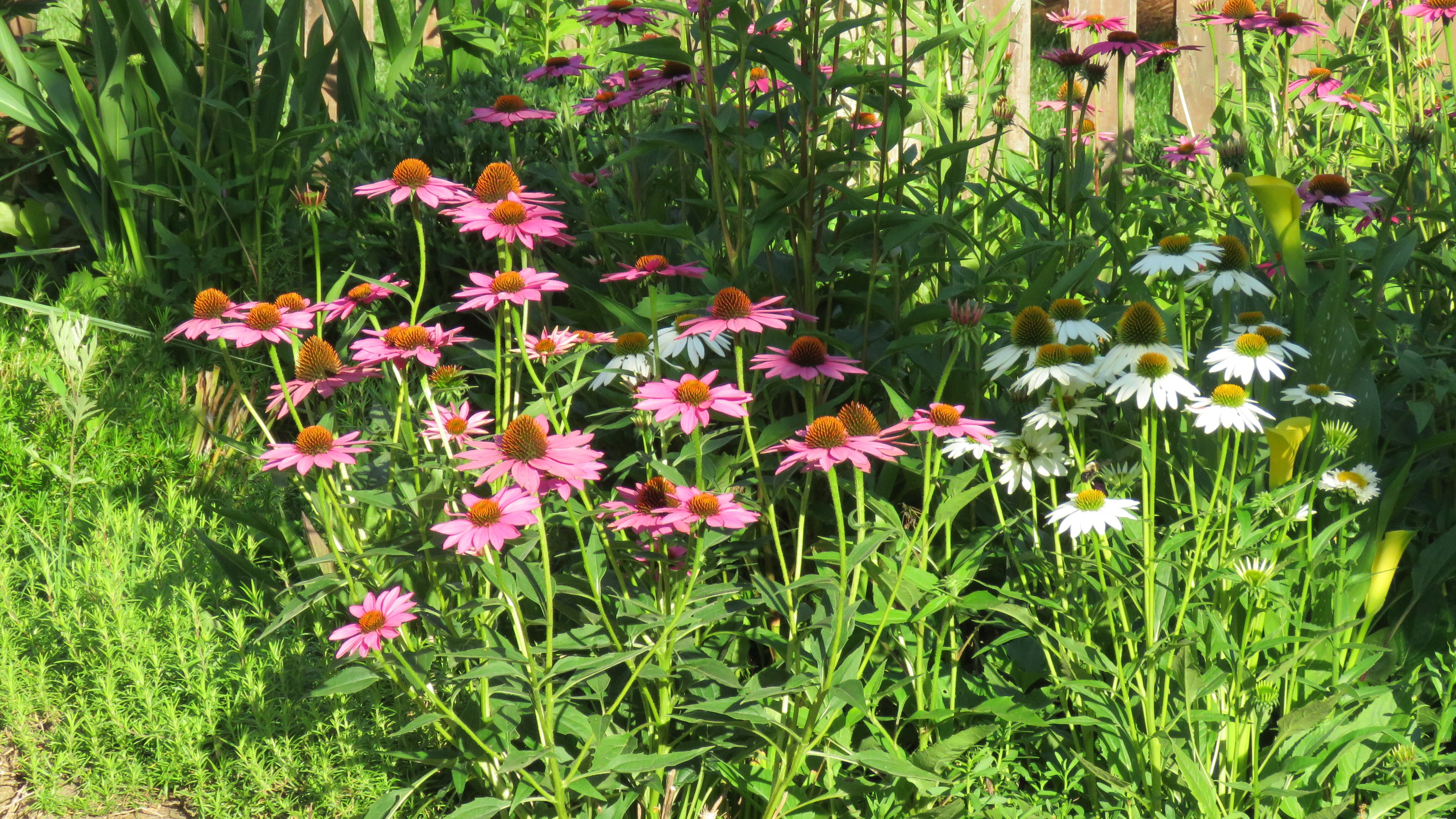Habitat restoration and preservation is essential in all parts of the world. Learn what's being done, what's working (and what's not) and what you can do to help protect plant and wildlife species on your rural land.
We live in an age where man has attempted to control his surroundings with pesticides and eradication of certain “undesirable” species of animals and plants. We, as a species, do not always realize our dependency on various aspects of our environment and the negative impact that we often have on our surroundings.
As a result of the damage people have done to their environment, various groups have evolved that look at “rewilding” as a possible solution to the damage. In some cases, the pendulum has swung too far, in my opinion, but there is legitimate cause for concern in many areas of the country.

Examples of Man’s Negative Impact on the Environment
The list of our negative impacts on nature is extensive.
One example is the diminished salmon runs in the northeast U.S. The proliferation of dams has created blockades to the movement of salmon. Many rivers no longer support salmon spawning runs, and they are threatened by a major reduction in population.
The impact of pesticides on honeybees is well documented, and we find that pollination of plant species is now critical in some areas.
One solution for home gardeners is to plant gardens as early as possible to avoid the peak of insect pests. That will increase the bee populations and other pollinators and improve pollination of vegetable plants.
Using Ladybugs to Control Pests
Some gardeners have found purchasing and releasing Ladybugs to prey on aphids and other soft-bodied insects is a safer and healthier pest control strategy.
Amazon has Ladybugs listed as 1,500 for $4.19. Check online to find local dealers. When your package arrives, mist with water and honey and keep it in a cool place until releasing. Spray again with a mixture of water and honey before release.
If you want to attract Ladybugs or provide flowers that have nectar to feed purchased Ladybugs several flowers are recommended.
- Fennel
- Coneflowers
- Coreopsis
- Cosmos
- Butterfly Weed
The number of Ladybugs required will depend on the size of your garden.
Experts recommend 1,500 Ladybugs for 750 square feet, 9,000 for 5,000 square feet, and 18,000 for 10,000 square feet. Recommended varieties are Asian Lady Beetle, High Sierra Ladybug, Convergent Lady Beetle and Coccinella Ladybug.
Learn more about attracting beneficial insects to your garden and land in: Companion Planting: Nature's Free Organic Pest Control.

Finding Balance in Restoration
There are several programs trying to restore animal populations to historic areas.
One of the most familiar is the effort to establish the wolf population in Yellowstone. Years ago, there was a huge elk population when we visited Yellowstone.
One of the reasons for re-establishing a wolf population was to control the elk population. The large elk herds were concentrating on stream banks and defoliating them. This contributed to erosion, higher water temperatures and other negative factors. The idea was the wolves would reduce the overall elk population as well as cause them to disperse into other areas of the park.
As with many situations where humans intervene, the wolves have flourished and are now moving outside of park boundaries causing losses to cattle farmers due to heavy predation.
It is often difficult to find a balance when seeking to solve a problem such as this, even with the best intentions.
Benefits of Restoring Native Population of Animals
We are seeing positive results in some areas from the restoration of various animal species into their former habitats.
Some surprising side benefits are cropping up, and the programs are proving to be beneficial. Animals often have a positive effect that is not always apparent at first.
Birds and some animals disperse seeds of desirable plant species. In the case of bears in areas with salmon runs, scientists have discovered that the bears that eat salmon carry nutrients that are distributed in their feces that are important to the surrounding forest.
Nature is an intertwined system or web dependent on the diversity of plants and animals to keep it healthy. We are discovering more daily that this miracle of life is linked together. We must make our own special effort to pass on a healthy ecosystem to the next generation.
Looking For Ways to Use Your Land or Preserve and/or Restore Habitat?
Landowners are uniquely positioned to help protect plant and wildlife species and restore habitats right on their own properties.
To learn more, check out the following articles:
-
6 Tips to Maintain Plant and Wildlife Diversity when Clearing Your Land
-
The Importance of Wildlife Corridors & the Landowner's Role in Preserving Biodiversity




.jpg)




















